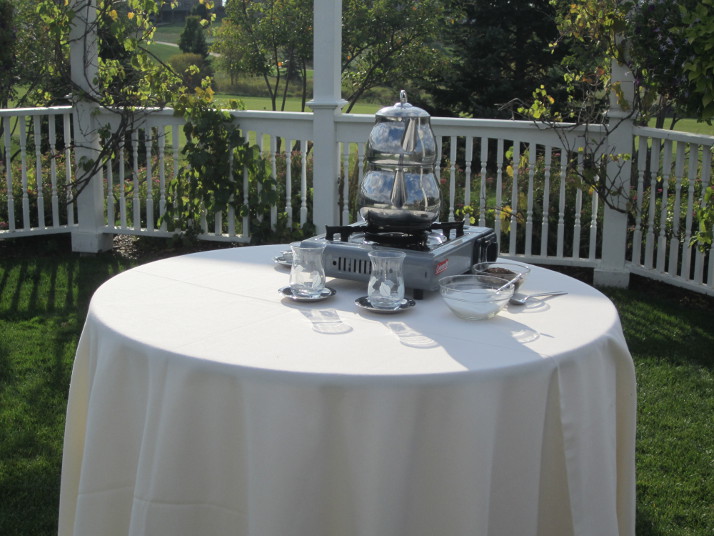Starting With the Basics: Your Wedding Ceremony, Part 1
Starting with the basics and understanding the requirements of your wedding ceremony is a good place to start when considering your ceremony wishes.. There are many misconceptions around what must and what may be included in your ceremony, so let’s start at the beginning.
Marriage laws are written by each state, and define what must be included to constitute a legal marriage. In Minnesota, the requirements are quite simple. You must:
- obtain your legal marriage license and wedding certificate from a Minnesota county office. Note: They are valid for six months, so plan accordingly.
- secure the services of an officiant/celebrant who is registered with the state.
- have IDs to present, along with the paperwork to your officiant/celebrant.
- have 2 witnesses, over the age of 16, present for the wedding. They, too, will need IDs.
- Say that you want to be married to each other. This can be a response to a simple question, or vows you repeat or recite.
- have your officiant/celebrant return the signed legal paperwork to the county within 5 business days.
That’s the bare minimum requirements to have a legal wedding that results in a marriage that is recognized and registered in the State of Minnesota. There are fees involved in getting your paperwork from the county and for your officiant/celebrant’s services, and there are requirements you must meet to obtain your paperwork. But the actual “wedding” can be very simple and quick.
Sometimes people choose this option, I call it a Certificate Signing, because they’ve been married before and don’t want another big wedding. Sometimes it is because they’ve been together for many years, and while they want to make their partnership legal, they don’t want a big fuss. Sometimes a couple needs to be legally married quickly – often to gain insurance coverage – and are planning a celebration with family and friends at a later date.
One of the most interesting reasons couples choose a simple Certificate Signing is if they are planning a destination wedding out of the country. It can be very time consuming, expensive and complex to understand and meet the marriage laws outside the US. These couples take care of the legalities here at home and then have a ceremony and celebration in the other country without having to worry about the process and paperwork there.
Starting with the basics, understanding what is required in our state to marry, is only the beginning. If you are planning to celebrate with family and friends you likely want something more in your wedding ceremony. But how do you know what to include? In the next few weeks I’ll share some of the many options you can consider for your wedding ceremony and discuss how they fit together and why you may want them in your ceremony.

